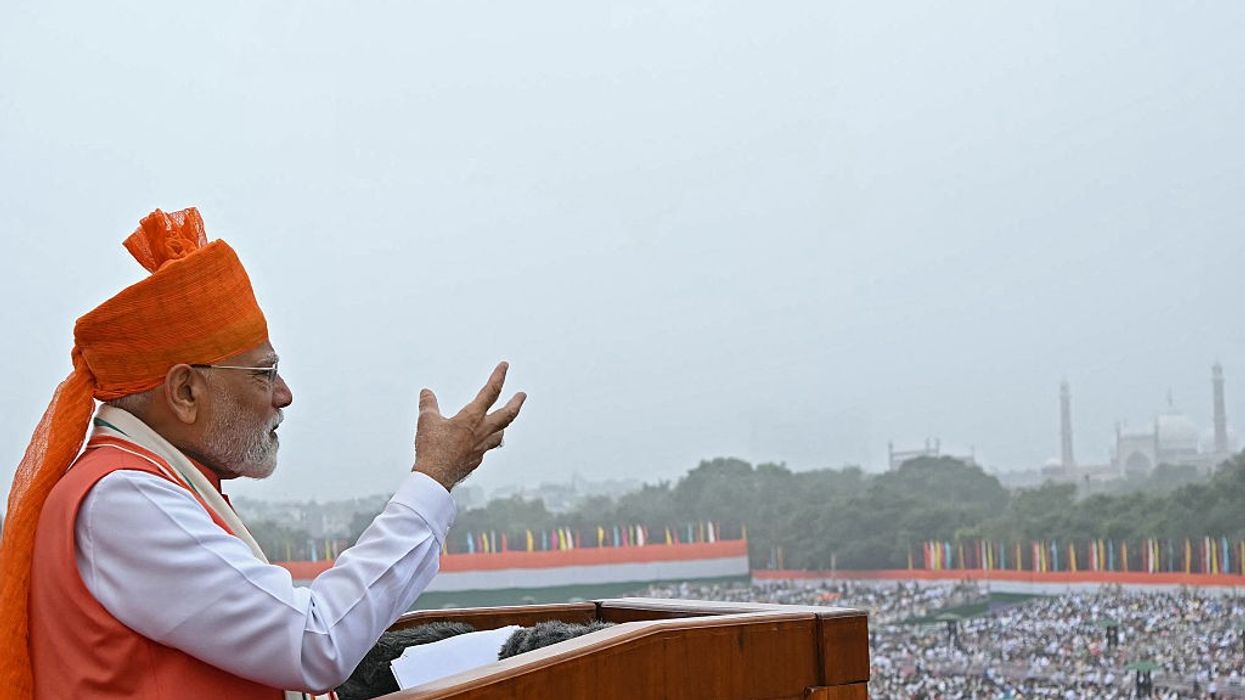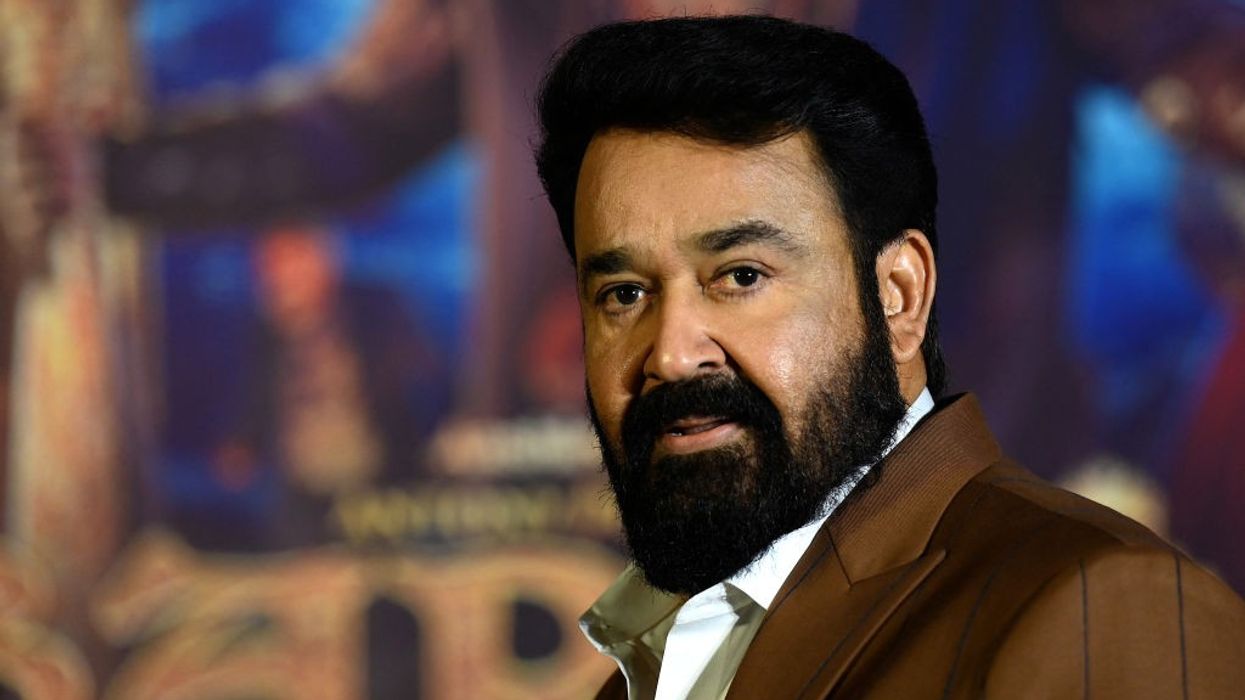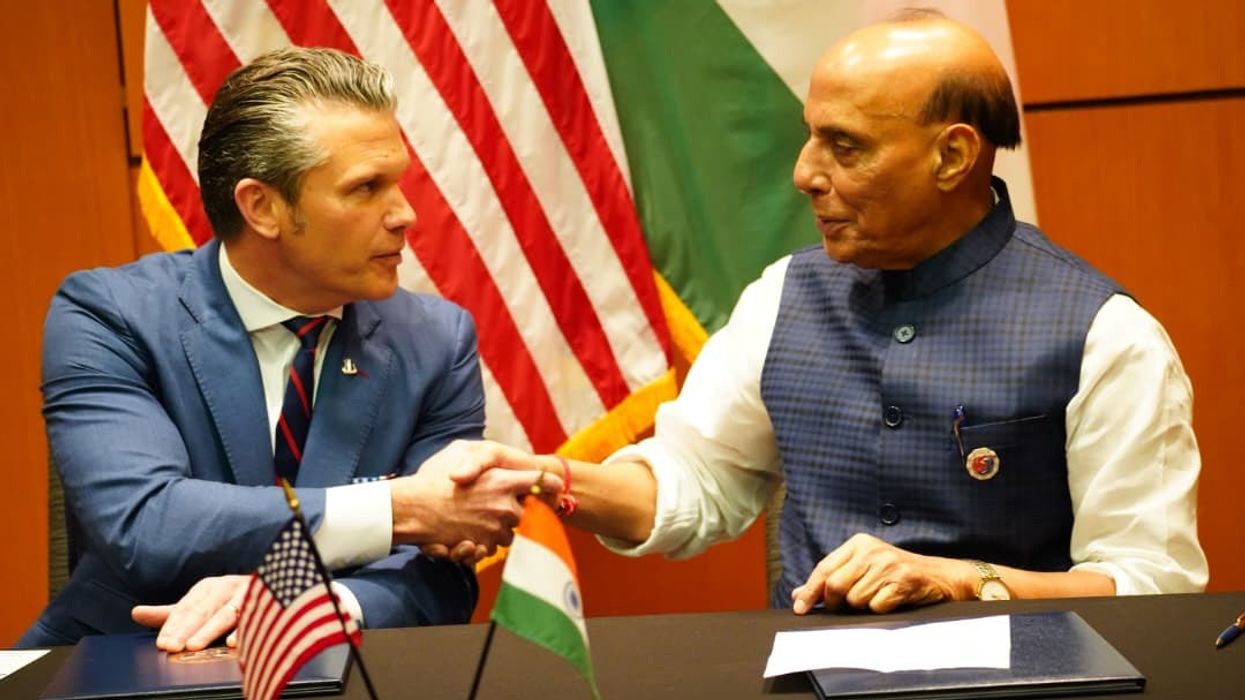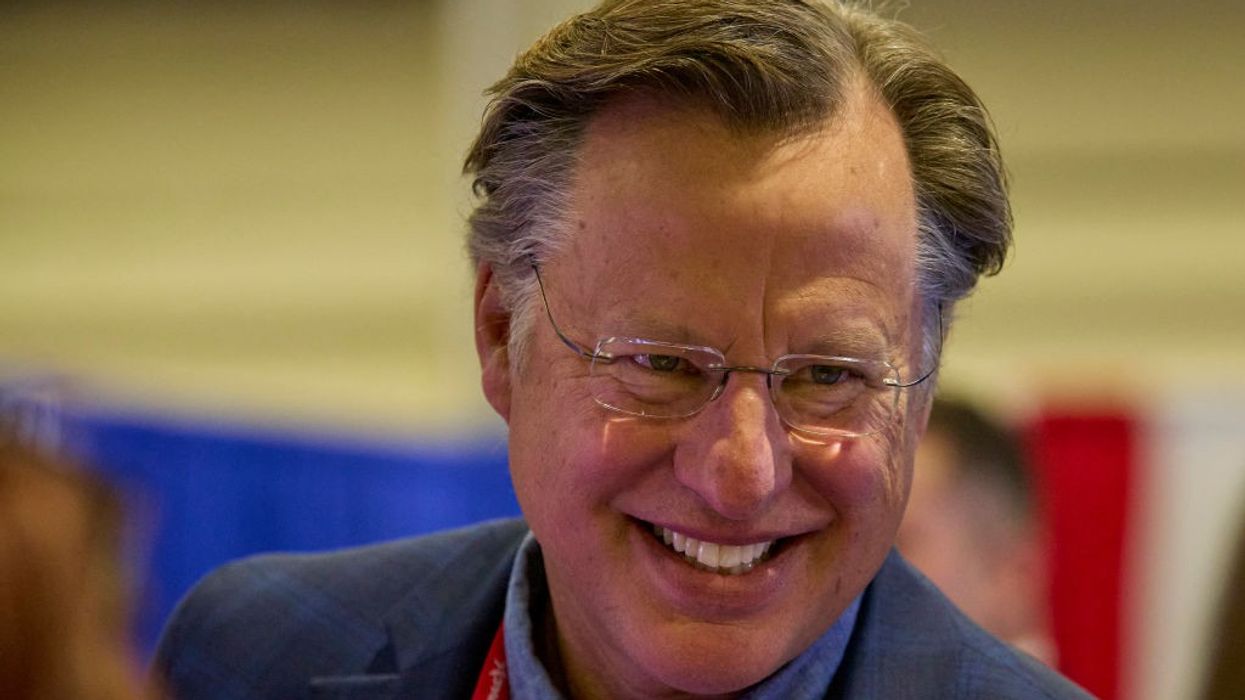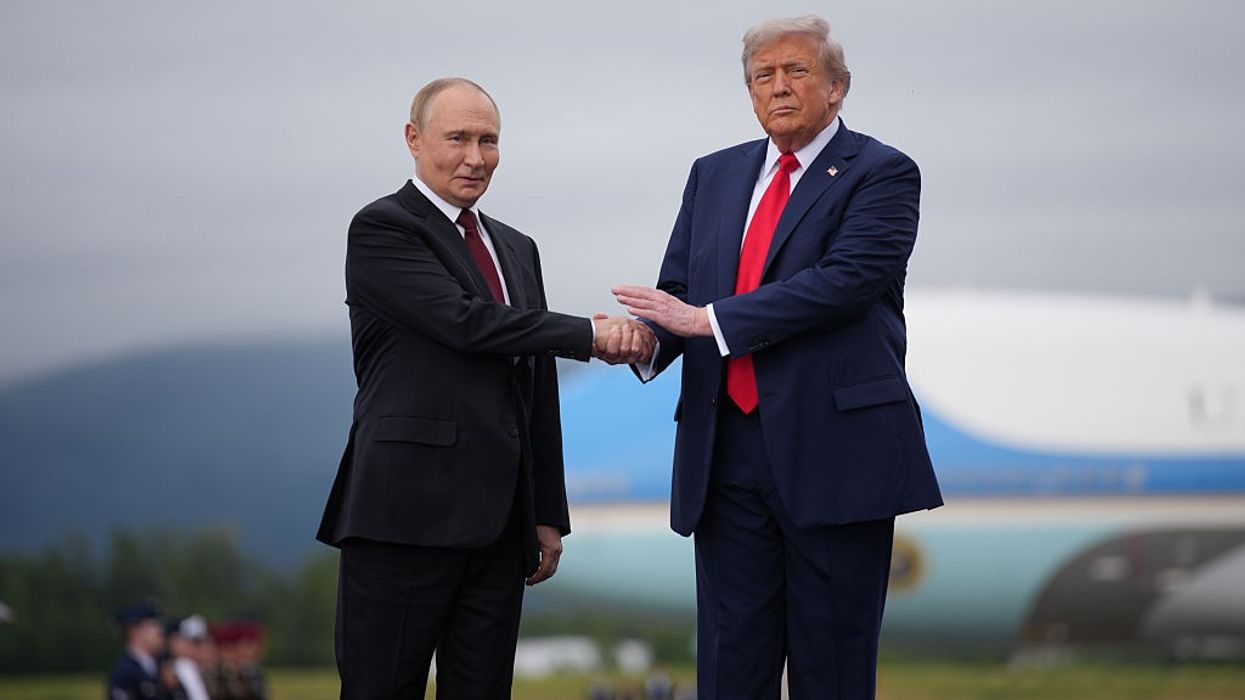INDIA expects trade negotiations with the United States to continue despite Washington increasing tariffs on Indian goods to 50 per cent, but Indian prime minister Narendra Modi has said that India is seeking self-reliance.
Facing US tariffs over New Delhi’s continued purchase of sanctioned Russian oil, Modi said in his Independence Day speech on August 15 that the country is seeking self-reliance in energy and the development of its own advanced defense systems. He vowed to defend India’s interests “like a wall.”
“Freedom becomes meaningless if someone becomes too dependent on others,” Modi said after a flypast of military helicopters at New Delhi's Red Fort.
In a statement congratulating India on its Independence Day, US secretary of state Marco Rubio described relations between the two countries as “consequential and far-reaching,” and said he wanted to “ensure a brighter future for both.”
On the bilateral trade front, India remains fully engaged with the US on negotiations for an agreement, and talks are progressing well, India’s commerce secretary Sunil Barthwal said on Thursday (14). He added that the first tranche of the agreement is expected in the fall of 2025, around September or October.
Barthwal told reporters that the status of the US delegation visiting India for the next round of trade talks would be known closer to the scheduled date of August 25.
The sixth round of bilateral trade talks is scheduled for late August in New Delhi, with a possible meeting between Modi and US president Donald Trump during the UN General Assembly in New York next month. Modi is slated to address the UNGA on September 26, while Trump is expected to speak on September 23.
Trump has imposed an additional 25 per cent tariff on Indian goods, adding to an earlier 25 per cent duty, bringing the total levy to 50 per cent. The new rate will take effect on August 27. The increase is among the highest rates applied by the US to any trading partner.
According to Indian government data, goods trade between the two countries was worth about $87 billion in the last fiscal year. Government data presented to the panel also showed that Russian crude accounted for over one-third of India’s oil imports in the most recent fiscal year. The US has repeatedly warned that such purchases undermine sanctions imposed over the Ukraine conflict.
Parliamentary panel briefing
India’s parliamentary committee on external affairs was briefed by the foreign secretary on the tariff developments, the status of talks with Washington, and Modi’s planned participation at the UNGA. Shashi Tharoor, opposition Congress party leader and committee chair, said there was no change to the schedule for the sixth round of talks. “As of now, there is no change in the existing plans for the sixth round,” Tharoor said, referring to the US trade delegation’s planned visit from August 25.
Officials told the panel that Modi’s trip to New York (UNGA) will be used to advance India’s positions on trade, tariffs, and other bilateral issues with the US, depending on the final schedule. In February this year, Modi met Trump at the White House and they agreed to work toward a multi-sector trade agreement by the end of 2025 under the “Mission 500” framework.
Committee members were also informed that India’s negotiating stance remains focused on ensuring any trade deal is balanced and does not limit policy space in sectors such as industrial development and food security. The commerce ministry is continuing consultations with exporters, industry groups, and other stakeholders.
Trade agreement and agenda
The upcoming August talks in New Delhi are intended to conclude the first phase of that agreement by October or November, covering goods, services, and investment rules. Outstanding issues are expected to include market access, digital trade, agricultural products, and intellectual property rights.
The foreign ministry has described the new tariffs as “unjustified and unreasonable,” adding that India will take necessary steps to safeguard its national interests. No decision has been taken on whether to impose counter-tariffs on US goods.
Geopolitical context
The tariff action against India comes amid broader US trade measures against countries trading with Russia, as well as duties on imports from China, Mexico, and parts of Europe.
India’s oil imports from Russia rose sharply after 2022, as New Delhi sought to diversify energy sources and secure supplies at discounted prices. The US has repeatedly linked continued purchases to its decision to impose punitive trade measures.
Economic implications
While no official forecast was provided, trade officials in India have said the higher duties could affect sectors such as textiles, engineering goods, and agricultural products—which make up a significant share of India’s US-bound shipments.
Industry representatives have warned that a sustained 50 percent tariff could make Indian goods uncompetitive in the US market, forcing exporters to seek alternative markets or reduce production, potentially affecting employment in export-dependent industries.
However, government officials told the panel that India would continue to prioritize its energy security and strategic autonomy in foreign policy decisions, including sourcing oil from multiple partners.
(With inputs from agencies)
